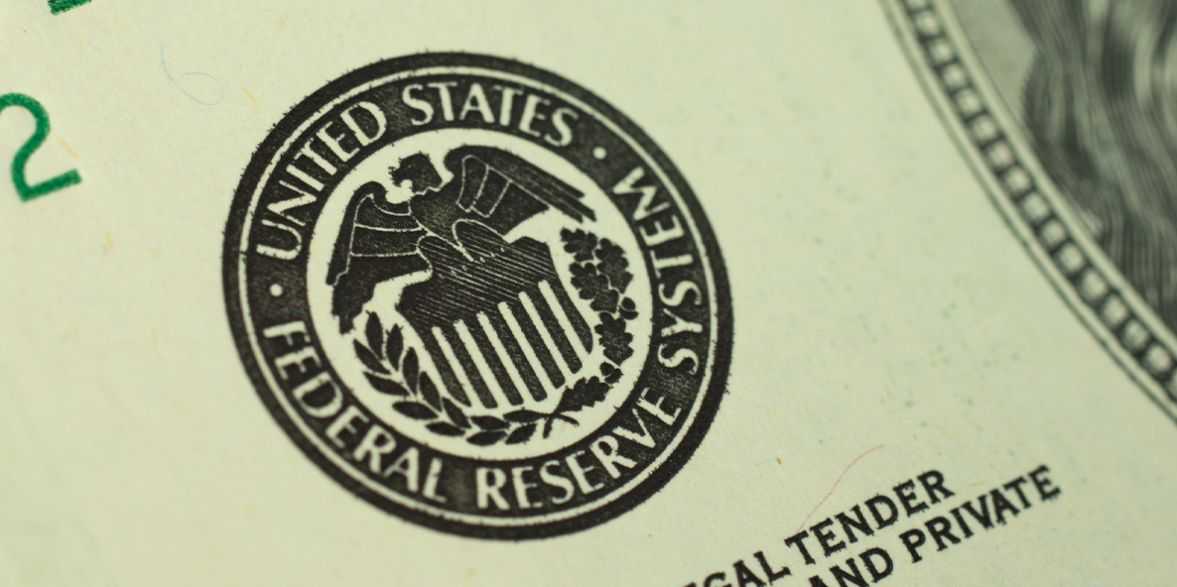Thu Jan 27, 2022
FOMC decision ignites US Dollar
The meeting of the Federal Open Market Committee (FOMC) dated December 25 – 26, was concluded yesterday at 21:00 (GMT+2).
The Committee decided to keep the target range for the federal funds rate at 0 to 1/4 percent and it will increase its holdings of Treasury securities by at least $20 billion per month and of agency mortgage‑backed securities by at least $10 billion per month.
The FOMC expects it will soon be appropriate to raise the target range for the federal funds rate and that reducing the size of the Federal Reserve's balance sheet will commence after the process of increasing the target range for the federal funds rate has begun.
According to the principles for Reducing the Size of the Federal Reserve's Balance Sheet, it is appropriate at this time to provide information regarding its planned approach for significantly reducing the size of the Federal Reserve's balance sheet.
It is also prepared to adjust any of the details of its approach to reducing the size of the balance sheet in light of economic and financial developments.
After the decision, Fed Chair powell provided details. He recalled that economic activity expanded strongly last year, and that the recent rapid increase in Covid-19 cases posed a downside risk, adding that the economy was resilient due to the support of monetary and fiscal policy and the healthy financial conditions of households and businesses.
Powell stressed that due to the pandemic, spending in the restaurant and tourism sector has fallen, but the economic impact of the pandemic will also decrease in this progress, referring to the experts' opinion that ‘Omicron variant does not have as severe effects as the earlier variants’. Noting that the labor market is making very good progress, employment growth has been strong in recent months and the unemployment rate has declined sharply, Powell noted.
"Supply and demand imbalances related to the pandemic and the reopening of the economy have continued to contribute to elevated levels of inflation. In particular, bottlenecks and supply constraints are limiting how quickly production can respond to higher demand in the near term. In light of the remarkable progress we have seen in the labor market and inflation that is well above our 2 percent longer-run goal, the economy no longer needs sustained high levels of monetary policy support. That is why we are phasing out our asset purchases," he further added. Talking cautiously overall, Jerome Powell did not give a specific date for the balance sheet reduction.
Following the meeting, 10-year US treasury rates climbed as high as 1.88 percent, while the dollar index tested 96.78, the highest in more than a month. And Gold price declined to 1809 level.
